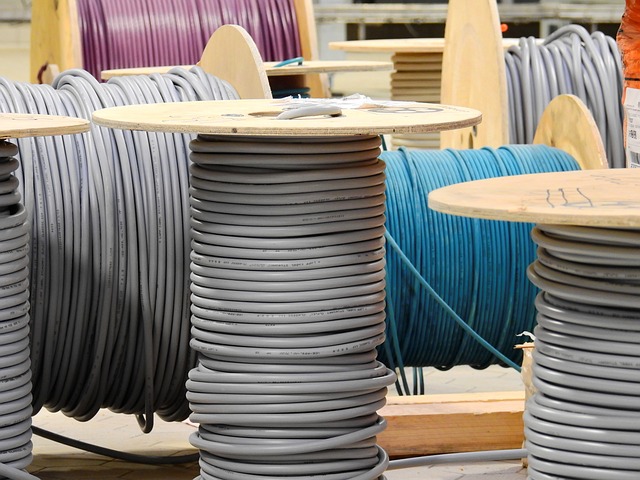
Have you heard of cable glands? They are commonly used to connect cables to electrical devices and equipment. Cables, of course, carry electricity or electrical signals. They are made of a conductive inner core through which electricity can easily travel. Most cables, however, require the use of glands.
What Are Gable Glands?
Cable glands are connectors or fittings for cables. They are essentially mechanical devices that attach cables to the electrical devices or equipment with which the cables are used. Cable glands are designed to seal the otherwise exposed ends of a cable. Once installed, they will prevent dust and debris from reaching the cable’s inner core while simultaneously allowing the cable to connect to devices or equipment.
How Cable Glands Work
Cable glands work by sealing the ends of a cable. Most of them consist of two main parts: a body and a compression nut. The body is the frame or housing that contains the cable. The compression nut is an adjustable component that’s used to tighten or loosen the cable gland to the electrical device or equipment to which it’s connected.
You can use a cable gland by installing it on the end of a stripped cable. Some cable glands require the use of a crimping tool to install. Other cable glands require heat shrinking. Once installed, you can then place the cable gland into the electrical device or equipment. Tightening the compression nut will secure the cable gland, as well as the cable, in place.
Some of the benefits of cable glands include the following:
- Protects cables from environmental damage
- Offers strain relief
- Easy to install
- Helps to prevent electrical faults like shorts
- Absorbs vibrations
Single Compression vs Double Compression
There are single-compression and double-compression cable glands available. They are both designed to seal and compress the ends of a cable. Single-compression cable glands only provide compression around the jacket. Double-compression cable glands, on the other hand, provide compression around the jacket and the inner sheath.
With two points of compression, double-compression cable glands are more durable than single-compression cable glands. This makes them a popular choice for industrial settings where moisture, dust, chemicals and other pollutants are common.
In Conclusion
Cables typically require connectors. Located on the ends of the cable, these connectors are cable glands. They are designed to seal the ends of a cable while also allowing the cable to connect to electrical devices or equipment.

